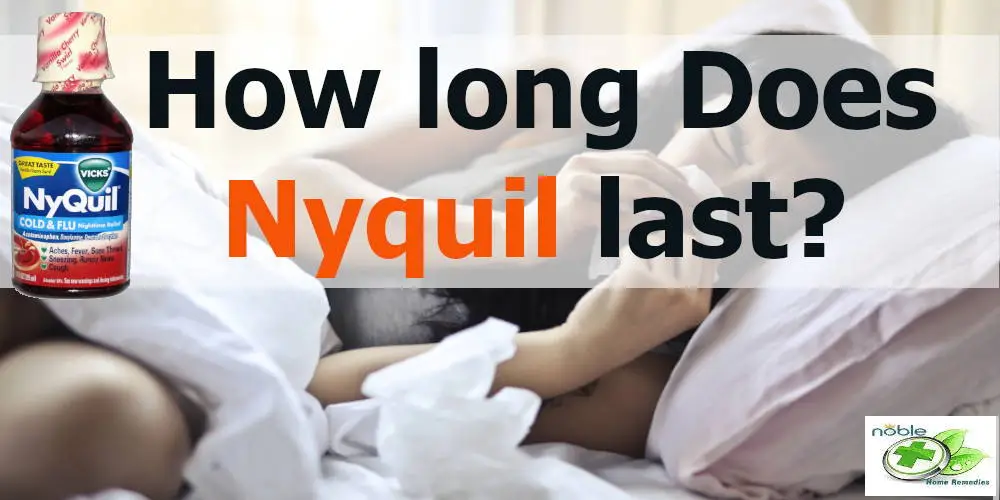Black Mold on Window Sills: Removal and Prevention
Have you ever noticed the black mold on window sills at home? It not only makes your house look ugly, but it also makes your house an unhealthy place to live. It can cause fall allergies and make you sick. About 20% of the population suffers from allergies when exposed to mold.
It is important to learn more about mold and its effects. Then take corrective measures to keep mold away from you.
What is mold?
Mold is another type of living fungus that is toxic. It is also known as Mould. Mold can grow both indoors and outdoors. Mold grows on damp surfaces.
There are more than a hundred thousand mold species in the world.
Black mold is the most common type of mold found on window sills. Mold spreads when spores are released into the air. As the wind blows, it spreads to a larger area. In the course of a year, mold generates spores, which are released into the air. It is most common to release spores at the start of autumn.
Mold spores

Mold spores are microscopic and cannot be seen by the naked eye. Mold spores can survive high temperatures and any pressure. It can grow within 48 hours if it comes into contact with a damp or wet area. Fall is when allergy sufferers are most susceptible to mold spores.
How to Get Rid of Black Mold on Windows Sills?
It is recommended to handle the mold patch by yourself only if it is small. Never attempt to clean large patches or areas of mold by yourself. A larger area is a mold patch larger than one square meter. You can contact the local health department to take care of large patches of mold.
If you live in a cold climate, keep your windows tightly shut during the fall and winter. This will prevent moisture from accumulating inside the window casing. Otherwise, it will become a great place for mold to grow and spread quickly.
Precautions before cleaning the black mold on window sills
To prevent exposure to black mold, it is necessary to take precautions. Mold can make you sick if it comes in contact with you. Here are some precautions you should take:
- Put on disposable gloves and face masks before beginning any work.
- It is important to prepare well. Cover your legs with long pants.
- Put on a long-sleeved shirt.
- Use a shower cap to cover your hair, and wear disposable shoes.
- Wear safety goggles to protect your eyes.
As you clean, make sure mold is not in contact with your skin. Make sure that mold spores do not reach your lungs at any time.
A step-by-step guide to mold removal from window sills
- Keep pets and children away from the area. So they won’t be affected by mold spores and develop allergy symptoms.
- Close all other windows and doors. Also, tape any vents to prevent mold from spreading to other areas of the house.
- Open the affected window with black mold. Having enough space will help in removing mold from the window sills.
- Spray a mist over the window casing and mold. Use a spray bottle filled with water. This prevents mold spores from spreading into the air.
- Prepare baking soda and water mixture. If you prefer not to use baking soda, you can use dish detergent.
- Dip the paper towel into the baking soda solution first. Remove the black mold by wiping it off slowly. Clean all visible black mold from window sills and other affected areas.
- Disposing of the paper towels. Put used paper towels in a plastic bag. Seal the plastic bag tightly to prevent mold spores from escaping into the air.
- Make a solution of bleach and water. Mix ½ a cup of bleach with a gallon of water. Bleach works as a disinfectant agent against mold.
- Apply the bleach mixture to the window casing and sills. Apply generously. Leave it there for about 15 minutes so that all the mold spores will die.
- Point to note regarding the disinfectant. Sometimes bleach is not effective. See below for more details on disinfection agents. Choose the one that fits your needs.
Post-cleaning of tasks
- Rinse and dry. Rinse the area thoroughly with clean water and let it dry. Place a fan near the area to speed up the drying process. If you have a hairdryer, you can use it to dry the area quickly.
- Dispose of used materials carefully. Dispose of masks, gloves, and shoes in a proper manner is essential. Wash the clothes you were wearing in hot water. After that, I know you’re going to take a good shower.
- Clean the air with HEPA (high-efficiency particulate air) filters to make it more effective. You’ll be able to eliminate black mold spores almost completely. Use it upon finishing cleaning the black mold off window sills.
Disinfectant Agents and their effectiveness in killing mold

1. Bleach
Bleach is not suitable as a disinfectant for mold surfaces with a lot of porous. Bleach cannot penetrate deep into porous surfaces. Therefore, bleach cannot completely kill mold on such surfaces.
If no other suitable disinfectant or agent is available, keep reapplying bleach. Mold may reappear. Keep an eye out for it. Apply bleach again to kill all the mold gradually.
2. Baking Soda
It’s well known that baking soda is used as a cleaning agent for various tasks. Baking soda is only useful for killing mild mold patches. It is difficult to remove dense patches of the mold with baking soda.
Here again, re-application of baking soda is required to fully eradicate the mold.
3. White Vinegar
This is a natural, mild disinfectant with no chemicals in it. Because it is not strong enough, it cannot effectively eliminate mold. It is not recommended for this task.
4. Borax
Borax is another cleaning agent that is effective in removing mold. However, borax requires scrubbing the surface to remove mold. As a result, there is a risk of mold releasing spores into the air.
Some countries have banned borax usage. This substance is banned primarily because it is used as a food additive.
5. Hydrogen peroxide
Hydrogen peroxide is considered the best disinfectant agent for eliminating mold completely. The antifungal property makes it much safer to use. This product is available in the market and anyone can buy it. Buy nebulizing Hydrogen peroxide over massive mold patches.
6. Ammonia
Ammonia is an effective surface cleaning agent. But it cannot penetrate porous surfaces. Use it only on non-porous surfaces. It is not a good choice for porous surfaces that have dense mold.
7. Tea Tree oil
Among all the mold removal products, this one is the best. Unfortunately, it comes at a high price. Using Tea Tree oil can get down to the roots of mold and eliminate it completely.
A study published in NCBI indicates that tea tree oil is the most effective anti-fungal agent.
Prevention of Recurrence of Mold
At the beginning of the spring season, check the windows and other surfaces for mold. If you find any, take action to remove it.
Here are some prevention strategies, particularly during the winter season. During other times of the year, temperatures are high, so damp effects are less and mold growth is also less.
1. Appropriate Ventilation
The more ventilation in the house, the less moisture in the room.
Make sure there is adequate ventilation in bathrooms and kitchens. It’s here where you get steam from a hot bath or cooking. By using exhaust fans in the bathroom and kitchen, you can ensure that everything stays dry.
Always make sure that the house is dry and low in humidity to prevent mold growth.
2. Avoid excess moisture
Open the windows of your house whenever possible to allow the areas to dry. If the window sills are damp, wipe them with a dry towel. If you notice leaks from the windows, seal them immediately.
Keep the roof gutters clear and don’t let rainwater splash on the windows. Make sure snow does not melt and run over the windows and dampen the window casing.
3. Extra care to prevent mold formation
Make vinegar and baking soda solution to clean windows and window sills. Remove any mold spores from the air by vacuuming the house.
4. Early detection of mold
This is the way you can be ahead of the mold. Yes, the early detection of mold formation in your house. Make sure you check for mold growth that can occur easily. Areas like windows, ceiling, basement, kitchen, and bathrooms.
Takeaway
Mold is particularly dangerous for people with asthma, allergies, or immune system conditions, regardless of its color.
However, you can prevent mold growth by keeping your indoor humidity low and your space clean. Be mindful of mold growths, and address them before they grow out of control.
Talk to your doctor or allergist if you feel that exposure to mold has adverse effects on your health.
Trust in your purchase:
Every product featured on our site has been carefully researched and selected based on quality, customer ratings, and positive reviews to ensure you receive excellent value for your money.
Please note:
This post contains affiliate links. If you make a purchase through these links, we may earn a small commission at no additional cost to you. This helps support our site and allows us to continue bringing you valuable content. Thank you!
Thank you for your precious time spent with NobleHomeRemedies.
You may also like:
How to Lower Cholesterol Naturally
How to Lower Cholesterol Naturally No Medication Required Cholesterol is a type of lipid molecule…
Kids Nutrition – Healthy Diet Guidelines
Kids Nutrition – Healthy Diet Guidelines Dear mothers, knowing your Kid’s Nutrition intake levels with…
Anti-inflammation Breakfast
Quick Anti-Inflammation Breakfast Guide for Wellness When you wake up feeling stiff, tired, or just…
Do This For 1 Minute For 7 Days
Practice this for 7 days and you will see the changes in your life. Start…
Real Food Diet
The Best Real Food Diet: 10 Steps Guide to a Healthier Life Are you tired…
How Long Does Nyquil Stay In Your System?
How Long Does Nyquil Stay In Your System? Find the Answer This article covers the…






